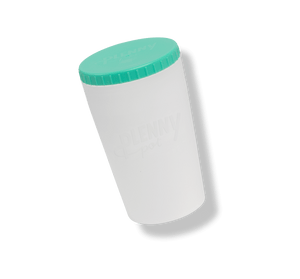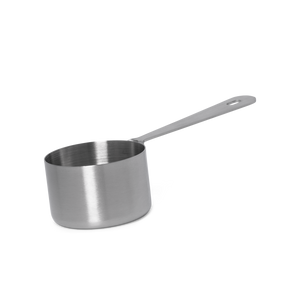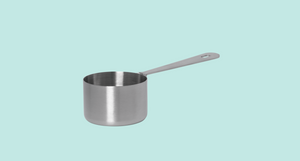That our meals look stunning in their carefully crafted containers is obvious 😌 But did you know that these custom-made jackets and wrappers also contain a bunch of important information? Yes, the information can be difficult to understand. But this scientific-looking wizardry is there to make sure YOU know what's in your meals! So let’s figure out what all this hocus pocus actually means, and take a look at the nutritional label of the Plenny Shake Vanilla.
Ingredients
The ingredients list tells you what our meals are made of. It includes flavourings, food additives, and food enzymes. The ingredients are listed according to how much of the ingredient is in there, in descending order. Check it out: the amount of oats in the Plenny Shake Vanilla is the highest. When an ingredient consists of other ingredients, it’s in brackets. This applies, for example, to the vitamin and mineral mix we use.

Allergens
The list of ingredients also tells you more about the allergens present in a product. These are indicated in bold letters. This only applies to the main allergens identified by the EFSA, though. These include gluten-containing cereals, crustaceans, eggs, fish, peanuts, soya beans, milk, nuts, celery, mustard, sesame seed, sulfur dioxide and sulfites, lupin, and mollusks.
Allergens in Plenny Shake
If you look at the nutritional label, you can see the only allergens in the Plenny Shake Vanilla are oat flour, soy flour, and soy protein. [1]

Nutritional values
Apart from a list of ingredients, the nutritional label also contains information on the nutritional values. Things like energy value and macros are mentioned here, as well as fats, carbohydrates (including sugars), protein, and salt. They are mentioned per 100 grams and per portion.
Average nutritional values per 100 gram
The energy value and the amount of nutrients are mentioned per 100 g in solid form, and per 100 ml in liquid form. This makes it easy to compare different meals or products.

Average nutritional values per portion
The energy value and the amount of nutrients are also mentioned per portion. In this case, one serving (or meal) of Plenny Shake contains 400 calories. For the Plenny Shake Vanilla, 94 grams of the nutritionally complete powder adds up to one serving.
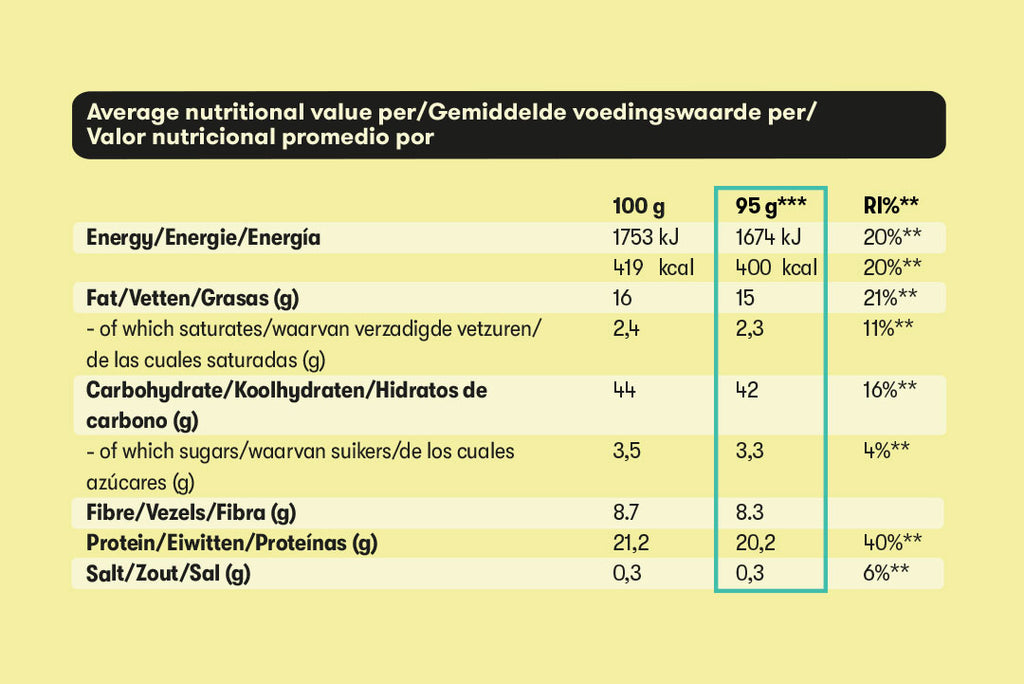
Calculations of the nutritional values
The amounts of fats, saturates, carbohydrates, sugars, protein, and salt are calculated by simply adding up all the ingredients used for the meal. Each nutrient, except for salt, has a specific caloric value per gram.
- Fat: 9 kcal
- Protein: 4 kcal
- Carbohydrates: 4 kcal
- Alcohol: 7 kcal
- Fibre: 2 kcal
By multiplying the amount of nutrients in grams by the number of calories per gram, the energy value of the product can be calculated.
Reference intakes for macronutrients
Reference intakes (RI) are the maximum amount of calories and nutrients you should eat on average in a day, according to European legislation that was based on research done by the European Food Safety Authority (EFSA). The suggested intakes used for labeling purposes, shown below, are based on a daily energy intake of 8400 kJ/2000 kcal.
- Energy: 8400 kJ/2000 kcal
- Total fat: 70 g
- Saturated fat: 20 g
- Carbohydrates: 260 g
- Sugars: 90 g
- Protein: 50 g
- Salt: 6 g
The Plenny Shake Vanilla label shows how much of the RI you are getting per serving. As a rule of thumb, each serving contains at least 20% of the RI of each macronutrient.

Guidance only
Reference intakes are intended for guidance purposes only and are not a recommendation for personal intake. For example, the EFSA claims that 5 g of salt per day is safe and adequate for the general adult population of the EU. But the reference intake of salt is 6 g. Weird, right? Same for sugar: the reference intake is 90 g, while the World Health Organisation recommends an intake of less than 50 g per 2000 kcal (<10 E%).
That’s why we made the salt and sugar content in our meals lower than the RI’s. [2, 3]
Reference intakes for micronutrients
Just like macronutrients, vitamins and minerals (per portion) are mentioned in relation to the reference intakes. As a rule of thumb, a portion (or meal) of Plenny Shake has at least 20% of the daily RI. But some micronutrients have a different amount. This is because we considered individual recommendations, the micronutrients’ absorption rate, and their bioavailability to determine the perfect amount. You can read more about this in our article on the specific kinds and amounts of micronutrients in our meals!

Questions?
If you have any questions about our nutritional information, about this article, or about anything else that might be on your mind, don’t hesitate to shoot us an email at love@jimmyjoy.com. We’d happily answer all and any questions you might have.
Sources
- EFSA. (2011, October). Regulation (EU) no 1169/2011 of the European Parliament and of the Council. https://eur-lex.europa.eu/legal-content/EN/TXT/PDF/?uri=CELEX:02011R1169-20180101&from=EN
- Turck, D., Castenmiller, J., De Henauw, S., Hirsch‐Ernst, K., Kearney, J., Knutsen, H. K., Maciuk, A., Mangelsdorf, I., McArdle, H. J., Pelaez, C., Pentieva, K., Siani, A., Thies, F., Tsabouri, S., Vinceti, M., Aggett, P., Fairweather‐Tait, S., Martin, A., Przyrembel, H., . . . Naska, A. (2019). Dietary reference values for sodium. EFSA Journal, 17(9). https://doi.org/10.2903/j.efsa.2019.5778
- Scientific Opinion on Dietary Reference Values for carbohydrates and dietary fibre. (2010). EFSA Journal, 8(3). https://doi.org/10.2903/j.efsa.2010.1462

 Everything You Need In One Meal
Everything You Need In One Meal
 Stay Full For 3-5 Hours
Stay Full For 3-5 Hours








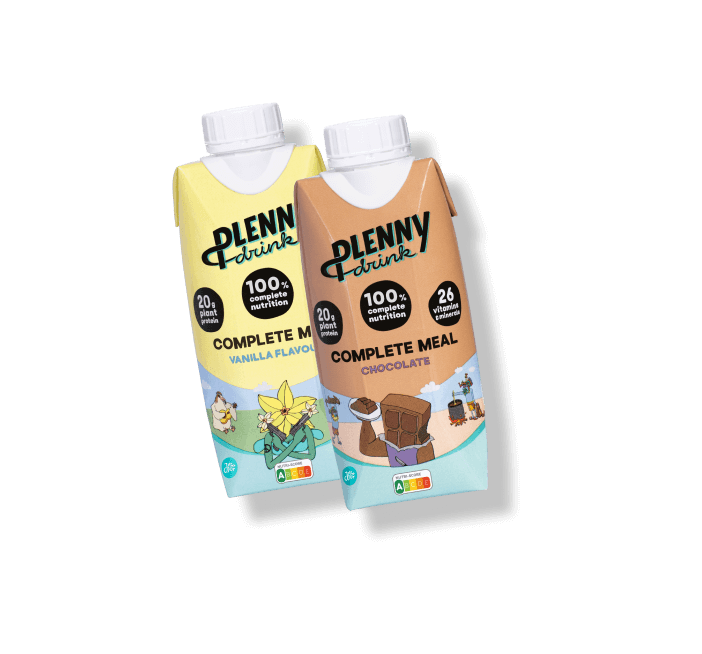












 Product added to cart
Product added to cart








